Te Tīma Māori Co-design Resources
Kiriata (videos) - Ko tō Manawa, ko tōku Manawa
These three kiriata are made specifically for tamariki Māori and are titled Ko tō Manawa, ko tōku Manawa (Your heart, my heart). They are centred around the whakapapa pūrākau of Papatūānuku and Ranginui and how their tamariki brought light to a world of darkness. This is a metaphor for how tamariki can do the same with rheumatic fever. The kiriata are filled with te reo Māori, karakia, waiata and positive messaging that equips tamariki and their whānau with the knowledge they need to be safe from rheumatic fever.
Video 1: Te putanga i te pōuriuri / Navigating the darkness
In video one, our guides Hinehui and Māreikura help us make sense of what rheumatic fever is.
Video 2: Kia haumaru tā tātou noho / Protecting our world
Video two explains why sore throats are an issue and what to do if you get one.
Video 3: Kia kotahi mai rā / United in the light
Video three has a focus on our collective responsibility and the need to look out for one another.
Protecting our world
United in the light
He Kōrero Whakamana – Rheumatic Fever Language Guidelines
The language guidelines are a resource for media and health professionals to support them to talk to whānau Māori about rheumatic fever in a way that upholds mana. It provides practical alternatives to the negative words and phrases that are often used, to help remove the stigma around this condition.
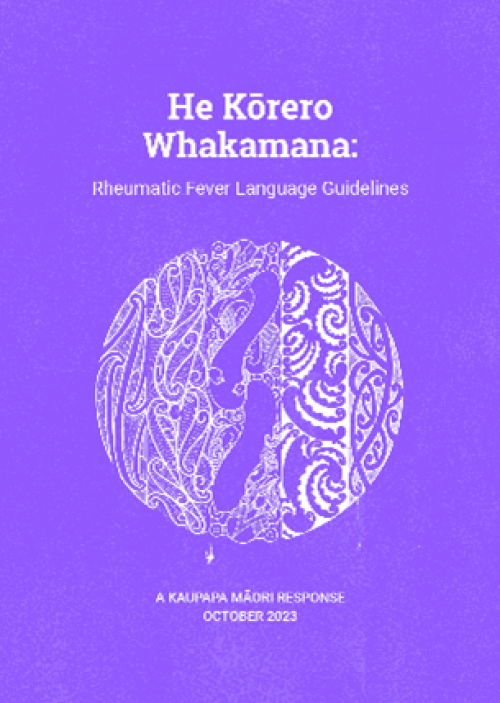

Samoa Team Co-design Resources
Video case studies
The three videos below are case studies of three prototypes designed and tested by Samoan patients, young people, families and practitioners with the support of the Samoa Team of the Rheumatic Fever Co-Design Initiative (2023).
Case Study 1: Ōtara Scorpions Rugby League Club
Creating meaningful community partnerships to design and deliver health services in community, by community. How a partnership with the Ōtara Scorpions Rugby League Club demonstrates that community-based rheumatic fever prevention and management adds value to the rheumatic fever ecosystem.
Case Study 2: Youth Talanoa Night
Developing young people and their capacity to affect change in the rheumatic fever system. How young Samoans living with rheumatic fever/rheumatic heart disease designed and hosted their own information sharing event with other young people to raise awareness and increase prevention. The young designers were supported throughout with pastoral care to enhance safety and wellbeing.
Case Study 3: Soālaupule Capability Build
A process and a prototype. Soālaupule is an approach that supports practitioners to improve their engagement and communications with Samoans. Soālaupule is a Samoan consensus decision making process that enables shared power in decision making and values each individual’s contribution to exploration and agreement of outcomes and future actions.
Case Study 1 - Creating meaningful community partnerships - Ōtara Scorpions Rugby League Club
Case Study 2 - Developing young people and their capacity to affect change in the rheumatic fever system
Case Study 3 - Soalaupule - a process and a prototype
Soālaupule Family Meeting Guide
The Soālaupule Family Meeting Guide is a tool designed for health practitioners to support with stronger communication and better engagement with patients to ensure they have better healthcare experiences. The guide outlines an inclusive decision-making process between patients and their families with health professionals, based on the concept of Soālaupule (a Samoan consensus decision making process). From beginning to end of the Soālaupule meeting process, the Fa’asamoa way of doing things is applied and power dynamics are shared.
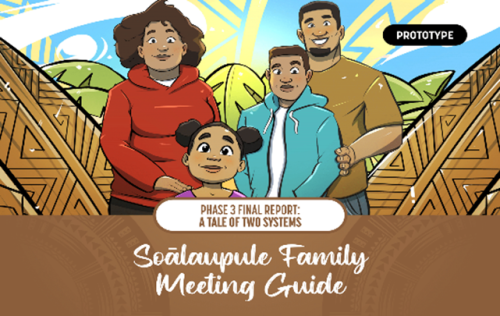

Soālaupule Capability Building Workshop
The Soālaupule Capability Building Workshop is a learning and development module for health professionals that explains and demonstrates the value of applying Samoan principles of dialogue, consensus building, and power sharing, through the application of Soālaupule in health. It is particularly helpful in decision making, resource allocation, and engaging families in determining appropriate support and care for families with rheumatic fever.
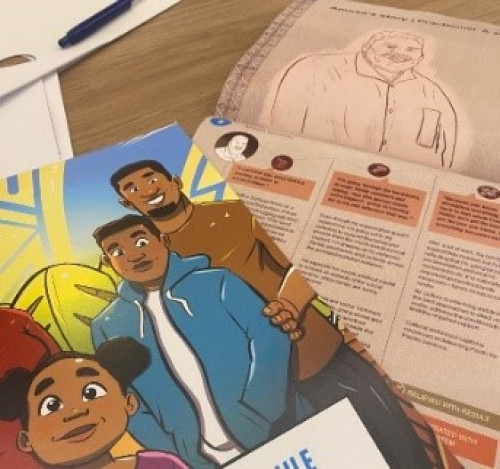

Rheumatic Fever Infographic and Glossary
The Glossary is a bilingual visual tool for Samoan and non-Samoan clinicians to have conversations about rheumatic fever with families in a way that Samoan families can understand. The resource has been represented and translated in a way that helps to bridge a language barrier between a Samoan patient and a clinician with little grasp of the Samoan language.
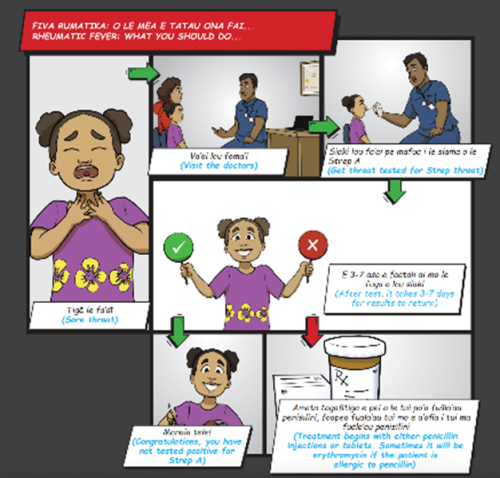

Lomipeau Co-design Resources
A tool for non-Tongan clinicians to provide care that is affirming to Kāinga Tonga. The tool has its foundations in the stories from kāinga, was developed with Tongan clinicians, and was tested with GPs, nurses and other health professionals.
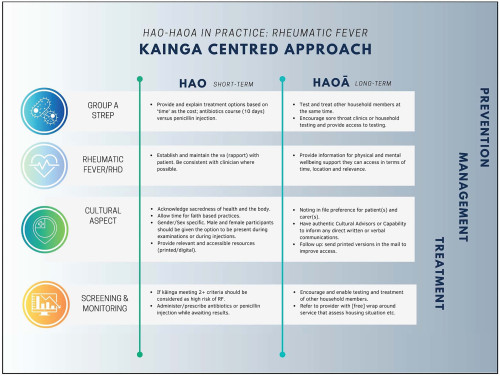

Lomipeau Posters
The posters were created as a medium for sharing knowledge with Kāinga Tonga. They distill some of the key messages that kāinga wanted, or needed, to hear from other kāinga who have also experienced rheumatic fever. Through the use of imagery and stories, the posters show kāinga that they are not alone.